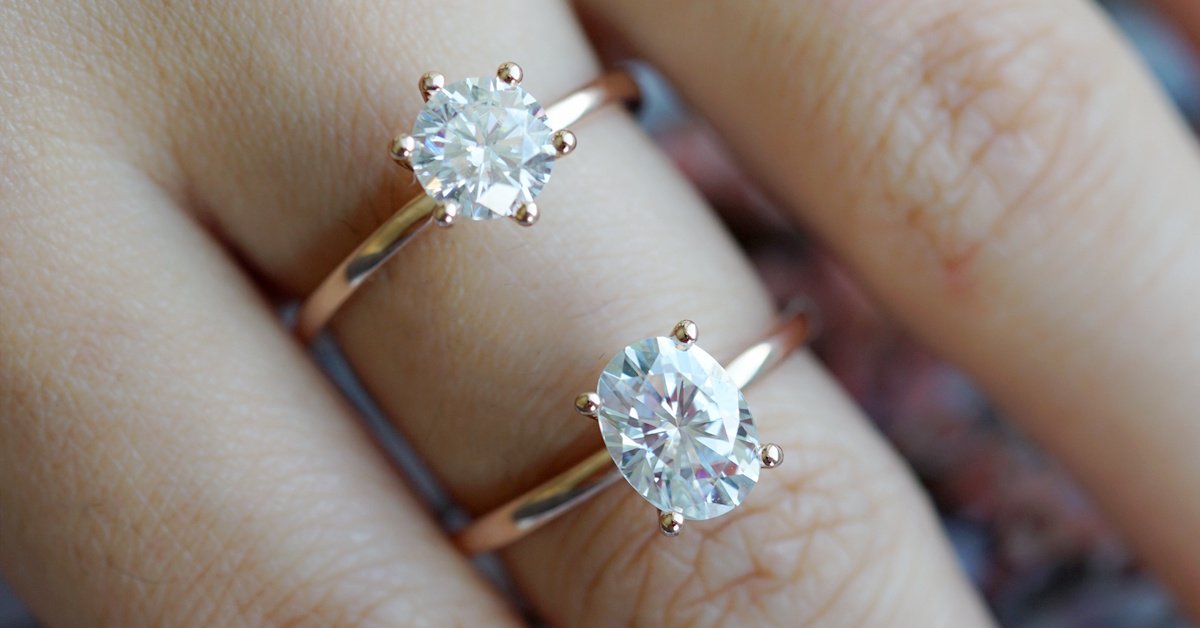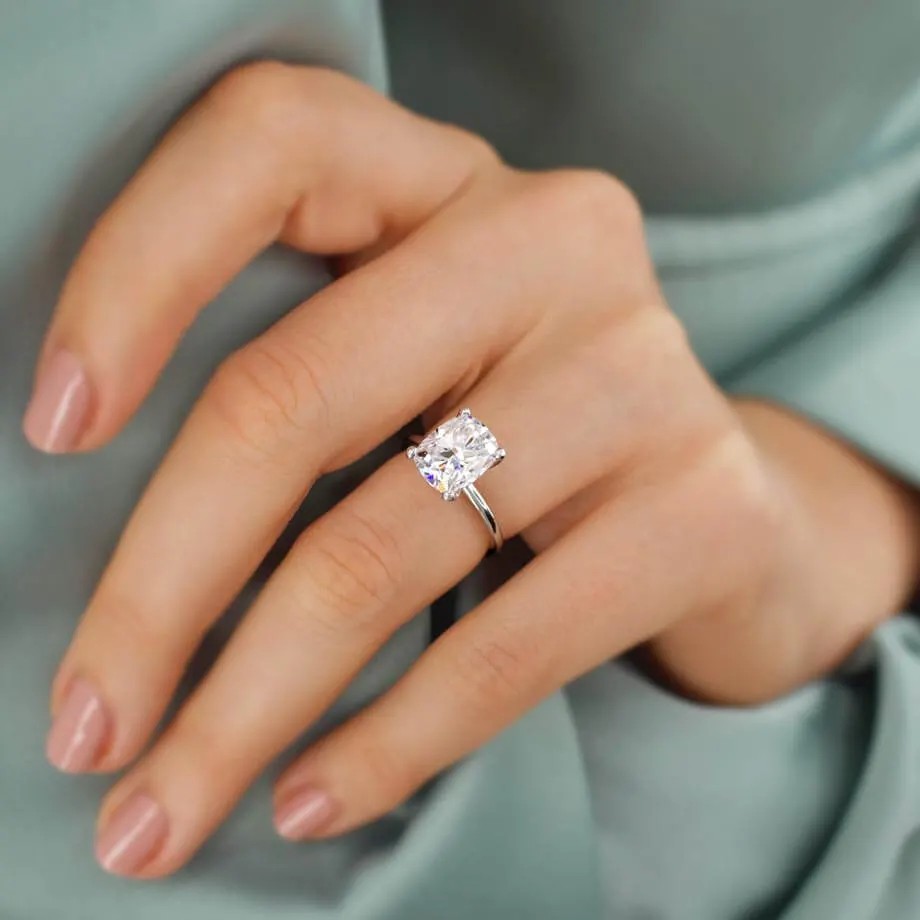The gemstones are classified according to their 4C, like diamonds.
Color
Color is the key when you browse collection of gem. The color of the stones is defined by hue, saturation and tone. Hue is the main precious color, full of purity or intensity of color and tone light or dark color. GIA defines 31 precious hues, six levels of color complement and a 0-10 tone scale. The most valuable and most precious gems are those that show only one pure color with small traces of additional hues.
Clarity
Like diamonds, gemstones have links and stains. The mere presence of inclusions and features is not as important as their position and therefore their appearance. The least visible input is less of a bezel element and closer to the belt. Stones are usually divided into three categories. The first category contains gemstones that can usually be added, such as Amethyst, Citrine, Topaz and Zircon. The gemstones from the second category usually have a few inclusions and stains. Alexandrite, Ruby, Sapphire, Spinel and Tourmaline are few of them.
The third category contains gemstones that are almost always included, such as Emerald, Red Tourmaline and Red Beryl, clear marks for stones which is ranging from very slightly included (VVS) to 3 (I3). The VVS range represents gemstones without the inclusion or inclusion of minutes that are difficult to detect under 10x magnification. Grade 3 included defines outstanding inclusions that have a negative impact on the clarity of gemstones and therefore its price.
Cut
The gemstones are usually cut to accentuate their color, although carat weight, splendor, proportions and polishing are considered. Depending on the cut, gemstones may be carved or cut with a cabochon. Invisible gemstones are set aside to enhance their brightness and brightness, while opaque gemstones are cut as cabochons to accentuate their color. Stone colored stones may be cut shallower, while those with a lower color use allow for deeper cuts. Beautiful gemstones are well-separated and evenly cut.
Carat weight
When the weight of a carat is high, the price increases, as long as its cutting, clarity, and color are satisfying. However, the weight of a carat is not the same as the size of a gemstone, since gravity is not the same as all other gemstones. For example, 1 carat sapphire is smaller than 1 carat of diamonds, as sapphire has a gravitational force greater than diamond.
Heat Treatment
Heat is used for gemstones to permanently change or improve color and clarity. This stable treatment, the oldest and most widely used, is widely accepted by the jewelry industry. Sapphires, rubies, tourmaline, zircon, topaz, citrine, amber, aquamarine and amethyst all stones are commonly treated with heat. Heat treatment cannot be reversed and the frequency is undetectable. Although heat treatment usually does not affect the strength of the gemstone, some precautionary measures are taken as the heat may contribute to some of the cracked rocks.

Complete Flux Fractures and Cure
These are also among the oldest and most widely used stone extraction techniques that have been used for centuries. These therapies make the natural insertion of a gemstone invisible and improve its clarity. Filling cracks means filling cracks in gemstones, cracks and holes with colored or colorless materials such as wax, oil, glass, plastic or resin. Flux curing is often used in combination with heat and means to provide gemstones with a molten flow of chemicals that will melt the ever-opening insertion and sealing. Since emeralds almost always have a large amount of natural inclusions, cracking fillings improve their appearance. Rubies are also regularly filled with glass to make them stand out or make their space that reaches the holes less visible. Stones developed in this way should be carefully cut to avoid leakage of implants. Exposure to high temperatures or changes in air pressure should also be avoided as this may change the materials used as additives.
Radiation
Radiation involves the gemstones that are exposed to radiation in order to permanently alter and enhance its color. A gemstone is exploded by electrons or neutrons in a nuclear reactor to alter the atomic composition of its crystal lattice and as a result change the luminous contact of the gemstone, resulting in its color change. Irradiation usually follows heat treatment. The blue topaz is often magnified in this way.
Surface with source
This form of treatment works as an enlargement of the area and involves stoned, coated, coated or inked stones to enhance their durability and appearance by concealing spots or by intensifying the color. Maybe this treatment can be granted as very stable or permanent as the coating may be scratched, it is often used, topaz, tanzanite, cubic zirconia and quartz are stone with which it is especially used.
Dyeing
To change or enhance their natural color and make the color more uniform stones are dyed. The stones like pearls and black onyx, known for its rich color, are embellished in this way. This treatment may not be complete if the dye used is unstable and low in quality, easily removed with chemicals such as ammonia, acetone or alcohol.
Piercings
These treatments include the use of chemicals, light or heat to brighten the color of gemstones, remove their color or improve color matching is difficult to understand. At first some gemstones are bleached and then dyed. Jadeite jade and pearls are usually bleached, usually more than hydrogen peroxide. Reduction of bleaching can make gemstones more prone to cracking; therefore, bleaching is always followed by insertion to improve the strength of the gemstones.
Gemstone development
Gemstones find a variety of treatments to enhance their appearance and enhance their beauty keep this in mind before you browse collection. Almost every gem is treated in a certain way; those that can be treated are rare and expensive. Other therapies, such as heat treatment, have been used for centuries and are now considered standard. Any gemstone treatment should be clearly indicated, as other treatments are difficult to identify or may enhance the appearance of the gemstone but endanger its durability.














